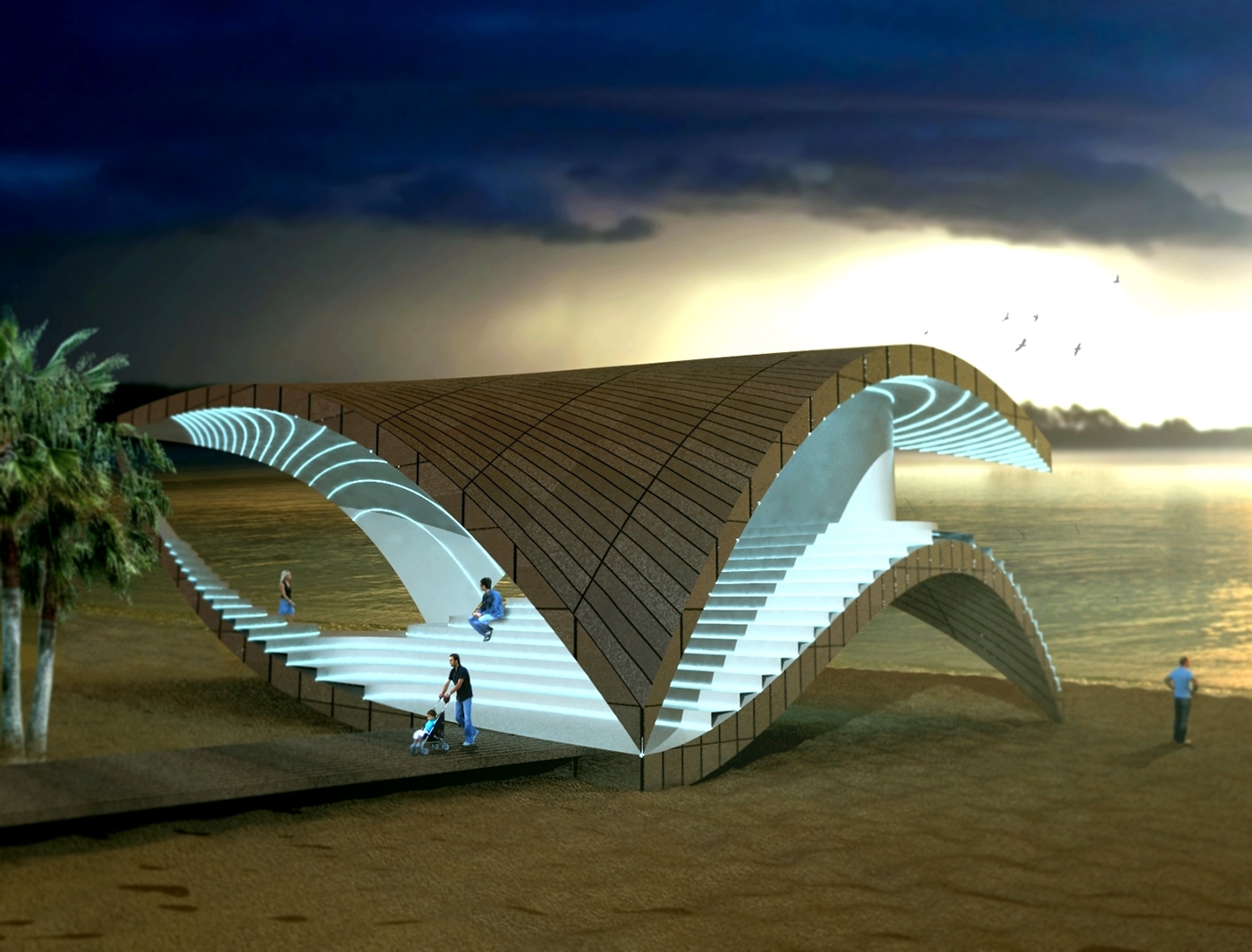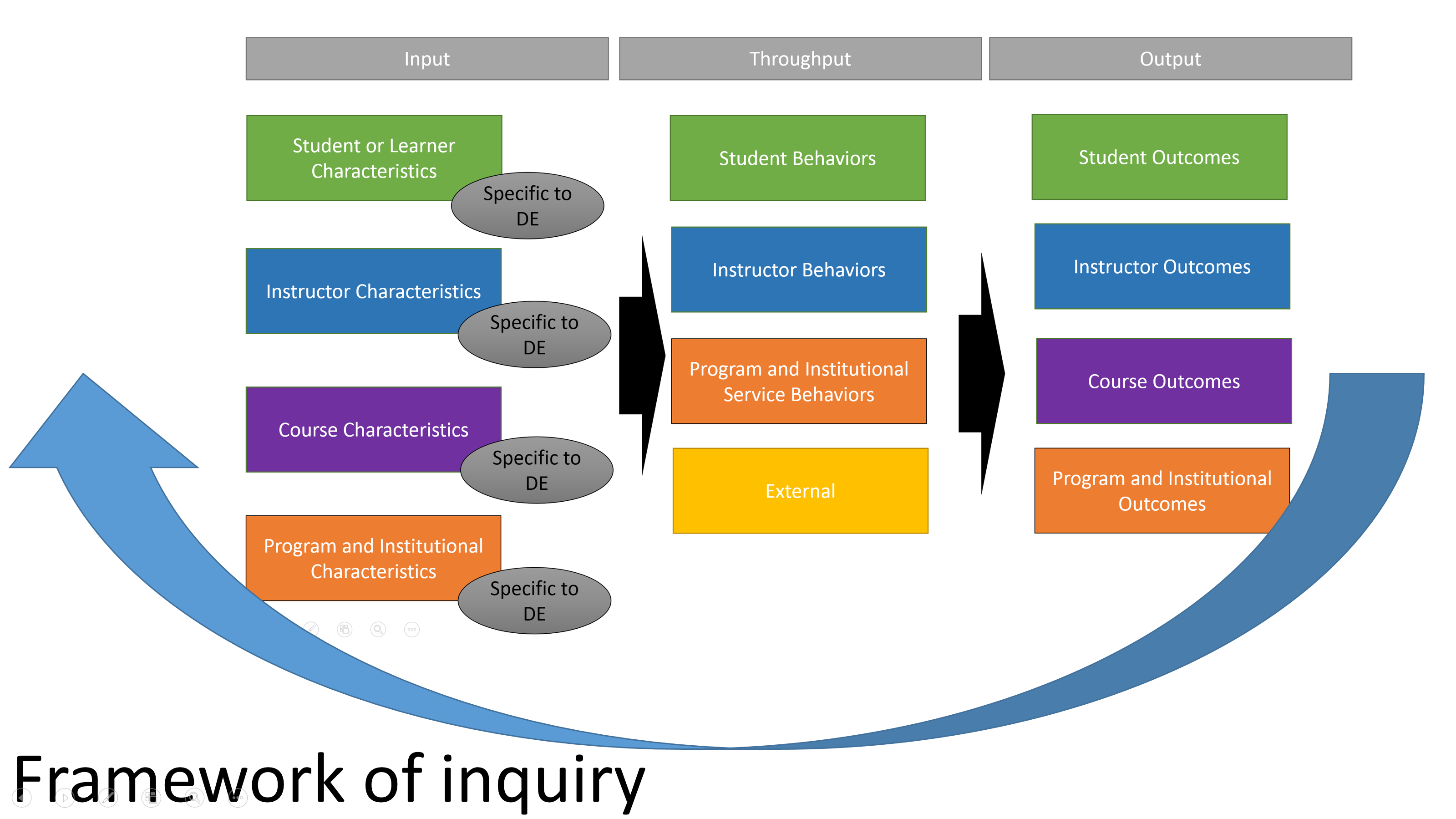Table Of Content

Accreditation statuses and requirements change, so if you are concerned about your credits or degree being recognized by other schools makes sure to check with each school’s admissions office. We're a creative branding agency dedicated to helping businesses like yours build and grow strong, memorable brands. On the Map of main activities page, you’ll find a detailed breakdown of each phase’s responsibilities.
Academy of Art University
For many designers, conceptual design is rooted in a little design thinking. Like brainstorming (or verbal ideation) the goal is to come up with sketches fast so that your ideas can flow freely. You don’t want to get hung up on your first sketch or spend too much time on minute detail. Right now, you are simply visualizing possible interpretations of the concept.
Conceptual Design: The Foundation of Successful Projects
Conceptual design completed for new restroom at Rancho Santa Fe Sports Field - Rancho Santa Fe Review
Conceptual design completed for new restroom at Rancho Santa Fe Sports Field.
Posted: Mon, 11 Mar 2024 07:00:00 GMT [source]
Conceptual models are a powerful tool for designers to understand and incorporate users' mental models into their designs. The finalized concept represents the culmination of the design process, ready to be implemented across various mediums such as print, digital platforms, or physical products. By focusing on precision and attention to detail, designers ensure that the final concept is of high quality and effectively communicates the intended message to the target audience. Conducting research is an essential step in the design process that involves gathering relevant information to inform and guide the design decisions. Research provides designers with valuable insights into the industry, target audience, market trends, and existing solutions.
Transforming the design process at
But how do you bring the concept to life from pen to paper to the perfect design, prototype, or body of art – this is where conceptual design comes in. This is a combination of tasks starting with the product design definition and modeling by using precise and neutral concepts coming from needs or ideas. This is followed by the generation of design concepts taking the different phases of the physical life cycle into account and ended by the evaluation of proposed design concepts. The analysis of the adequacy of the design concepts with the formalized needs ends these tasks.
Challenges and Solutions in Concept Design
This knowledge enables them to make informed design choices, develop effective strategies, and create designs that are user-centric, relevant, and aligned with the project’s objectives. The research lays the foundation for successful design outcomes by ensuring the designs are well-informed and optimized to meet the target audience’s needs. The conceptual design encourages designers to explore and generate various ideas and concepts. This freedom allows creativity and innovation, creating unique and original design solutions. A conceptual design is a fundamental framework that oversees the successful creation of a design from the ideation stage, continuously refining it until its execution and fulfillment. It centers around defining the problem of a project, brainstorming and generating ideas and evaluating it to create a high-level final design or product.
Transition to the ‘Detailed Design’ Phase
Avoid expensive errors and project delays by being more cautious from the beginning. And it’s also where the stark facts of what’s achievable or not come to light. If a team decides to go forward and market the idea, they must first make sure it is viable.
And perhaps the biggest benefit of art school is the connections you make along the way. One of the most effective tools for the selection among several candidate design options is the Pugh matrix. The matrix is built when evaluation criteria are identified and clearly defined. As a result, planning activity is more effective than solo brainstorming, particularly if the members bring diverse knowledge to the process.
Develop your prototype

A Conceptual Model offers a visual or descriptive framework, illustrating relationships among different elements within a system. On the other hand, an Empirical Model is derived from data and observations, providing mathematical or statistical terms of real-world phenomena. While a conceptual model lays out a clear mental picture of a system, an empirical model is rooted in experimental evidence.
Transition from Hand Sketches to Digital Visualization Tools
Early blueprints were simple sketches or verbal descriptions, based largely on traditional methods and materials available at the time. There was a strong emphasis on proportion, symmetry, and harmony with nature. When you really dive in, the benefits of this process are immense and can serve as a solid foundation for your design work. It’s a thought process that facilitates a more complete resolution to design problems. Brainstorming may give you a lengthy list of filtered words, but the concept’s credibility is ultimately determined by how it appears on the screen.
By understanding the definition and importance of conceptual design, designers can create visually compelling and meaningful projects that resonate with their audience. Conceptual design is a design that sets a foundation on which production-ready design stands. Think of it as a tool your team uses to establish the underlying ideas behind a design (core ideas) and visually express them.
It allows designers to explore possibilities, think creatively, and solve problems while considering the project objectives and user needs. Refine and iterate is a phase in the design process where designers fine-tune and improve the selected design concept based on feedback and insights gathered during the evaluation phase. It involves making necessary revisions, adjustments, and refinements to enhance the design solution’s effectiveness and overall quality. They focus on aspects such as aesthetics, functionality, user experience, and feasibility. This phase often involves creating digital prototypes, wireframes, or mock-ups to visualize and evaluate the design concepts. Finally, designers gather feedback, conduct user testing, and iterate on the concepts based on the insights gained.
So after each lesson the students complete a first pass of the assignment and submit it to their mentor for feedback. So instead of taking a bunch of different classes in different subjects, students take one big course that covers all the necessary elements on a week-by-week schedule. Even if students take courses solo they’ll have opportunities to interact with other students, so they get the best of both worlds! You can fill out a FAFSA like you would for any other accredited school to apply for grants, loans, and work study positions. CDA has a tuition reimbursement program if you are part of the Animation Guild, Costume Designer’s Guild, or Art Director’s Guild. Concept Design Academy will help you develop a rock-solid portfolio and you’ll likely meet some great people along the way.
Designers aim to capture the essence and spirit of the project by exploring different ideas, visualizing possibilities, and establishing a conceptual framework. This phase involves sketching, prototyping, and creating mock-ups to test and refine concepts. It allows designers to experiment, think outside the box, and push boundaries to generate innovative and unique ideas. Conceptual design serves as the foundation of all creative projects, encapsulating function, form, and user experience.
Since the concept is essentially just an idea, designers must bridge the gap between abstract thought and visual characteristics. Design language describes using design elements purposefully to communicate and evoke meaning. Free association represents a method of unimpeded associative thought, permitting designers to generate ideas grounded in personal connections and the subconscious. Initiated by a central word or phrase, this approach involves enumerating words linked to it either as a list or branching off the main term (mind map).

No comments:
Post a Comment